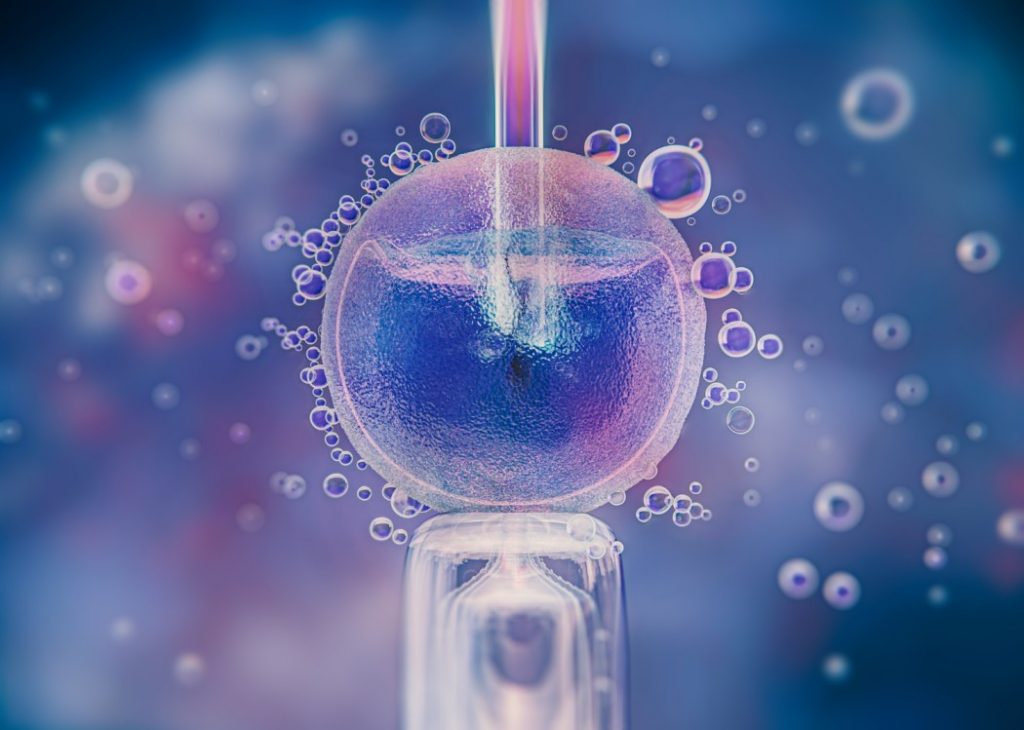
Sequential Transfer
What is Sequential Embryo Transfer
An approach in which embryos are placed into the woman’s uterus in an orderly sequential pattern, usually to maximize the probability of a positive outcome of pregnancy. This method makes it possible to schedule and time the transfer procedure in relation to the woman’s natural reproductive cycle as well as her embryos’ growth. In this way, fertility experts can further improve chances for successful implantation plus establishment of a good pregnancy.
Benefits Of Embryo Transfer:
ensures that the placement of the embryos corresponds with the woman's reproductive schedule. Also, it can raise the chances of a good pregnancy by placing embryos while the uterus is most welcoming. Offering fertility specialists to customize the Embryo Transfer Procedure for each person's unique needs.
After Embryo Transfer:
Keep up a healthy diet. Taking vitamins and supplements as directed. Stay active under a doctor's proper supervision.
Sequential Embryo Transfer can be used to improve fertility care by increasing the likelihood of a successful implantation and subsequent pregnancy. Generally, the Embryo Transfer Success Rate is 40 to 50 percentage. Sequential Embryo Transfer also makes it possible for individuals to achieve their aspirations of family creation. This strategy not only assists patients to achieve their desired outcomes of a successful pregnancy and delivery with the help of modern reproductive techniques, but also provides a personalized perspective towards fertility treatment. Therefore, such individuals and couples can fill their homes with love and hope, and tremendous bliss and fulfillment on this journey. With our outstanding success rate, Dr. Aravind In Vitro Fertilization centre holds the name of Best IVF Centre.
1. What is Sequential Embryo Transfer (SET)?
SET is an IVF method where embryos are transferred at different stages in the same cycle to improve implantation chances.
2. Who can benefit from SET?
It is ideal for patients with repeated IVF failures or implantation issues.
3. How are embryos prepared for SET?
Embryos are cultured in the lab until they reach early and advanced (blastocyst) stages.
4. When is the first set of embryos transferred?
The first set of embryos is transferred on Day 2 or 3 of development.
5. Can SET help with repeated IVF failures?
Yes, SET is particularly beneficial for patients who have experienced repeated IVF failures.
6. Is SET suitable for all IVF patients?
SET is recommended for those with specific challenges like implantation issues or poor IVF success rates.
7. Does SET increase pregnancy rates?
Yes, by transferring embryos at different stages, SET maximizes the chances of a successful pregnancy.